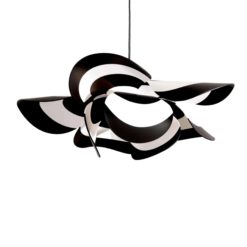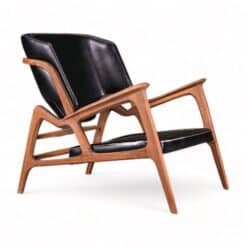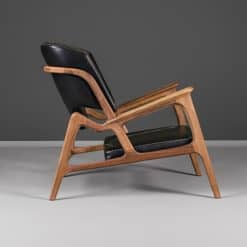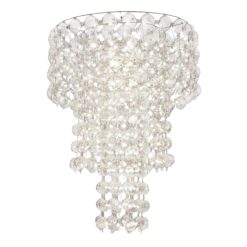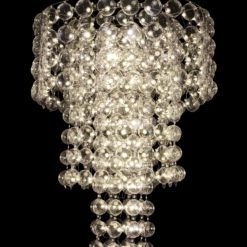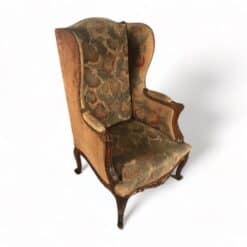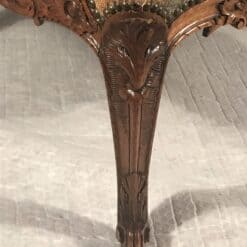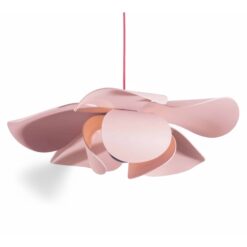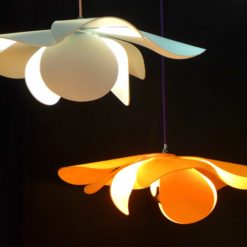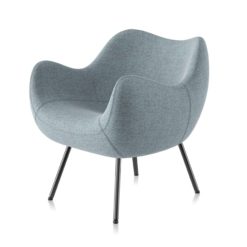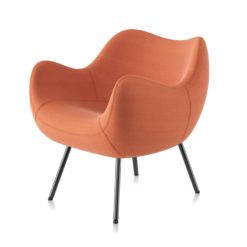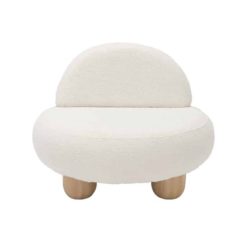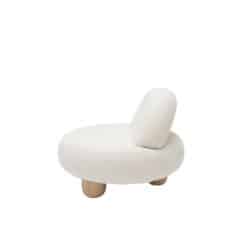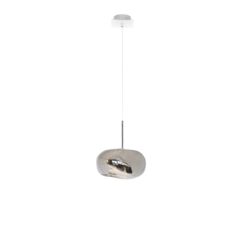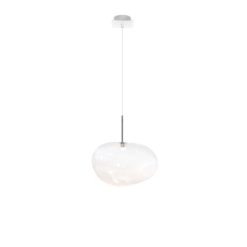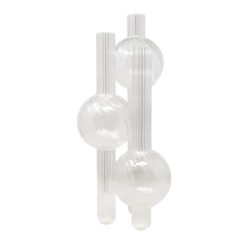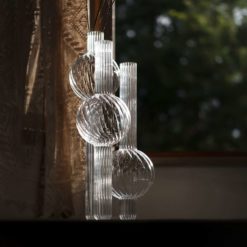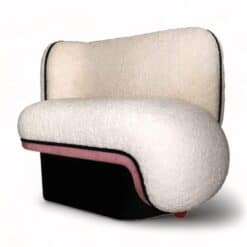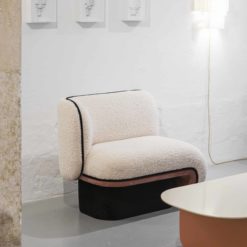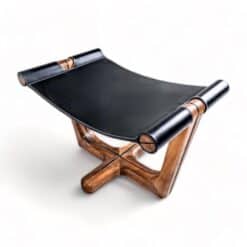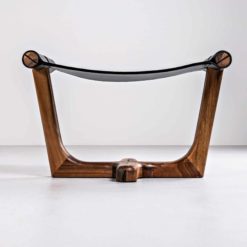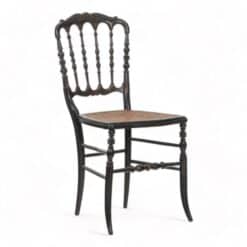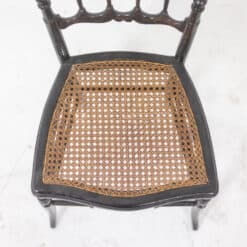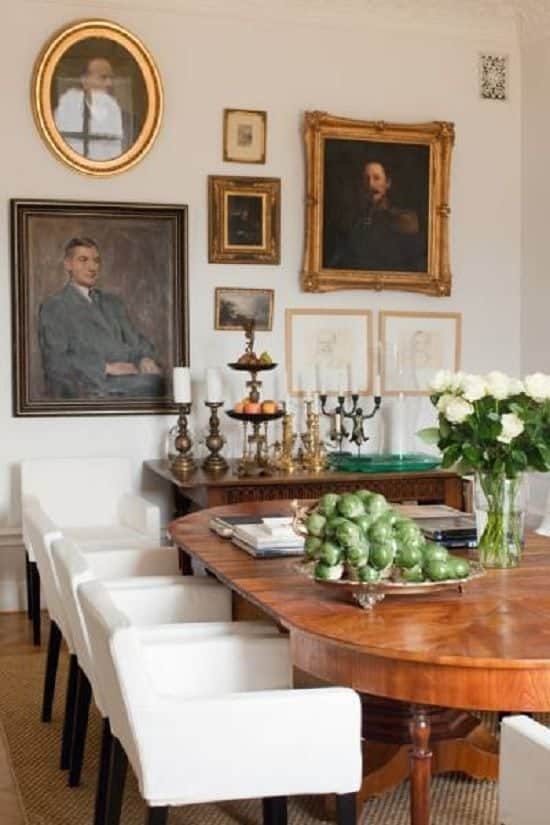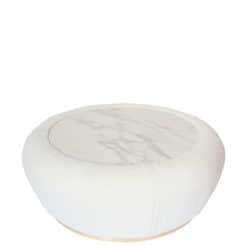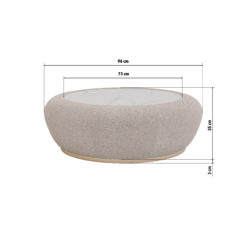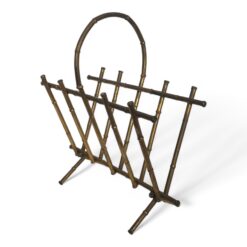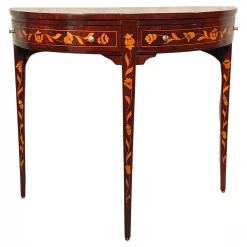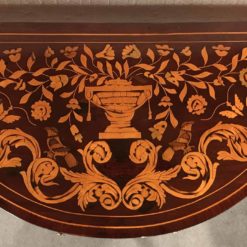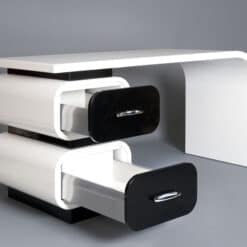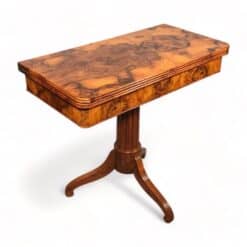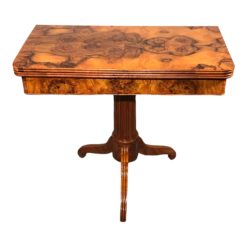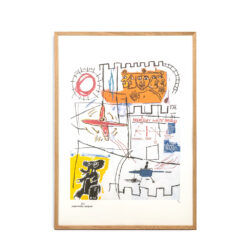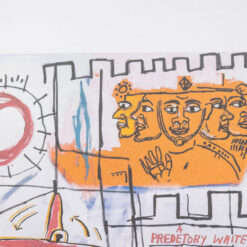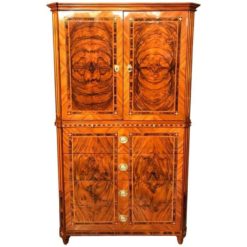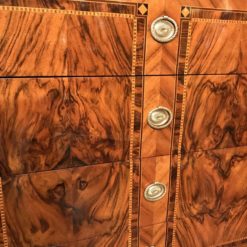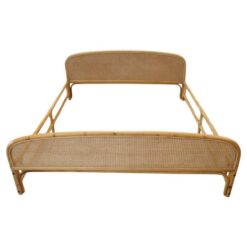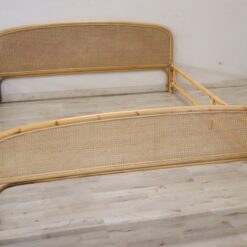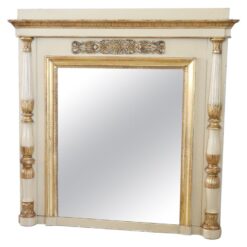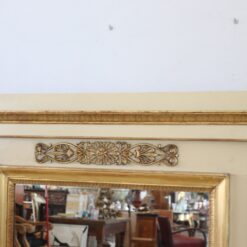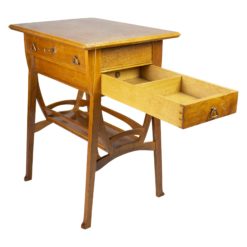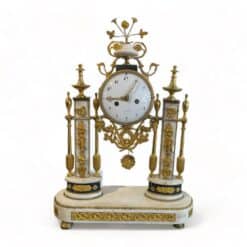Best Sellers
Furniture, Styylish History
A Short History of the Antique Dining Table
A Short History of the Antique Dining Table– With a focus on English Table Styles.
Whether it seats two or twelve, an antique dining table is a great addition for every household. If you are looking for a trendy dining table online, there are many different designs to choose from. But to pick the best one, we suggest digging a little deeper into the history of this antique furniture item.
Learning more about the origin and evolution of dining tables will help you explore all your options. Plus, you will get to know some interesting facts along the way.
The Origin of the Antique Dining Table
The word ‘table’ comes from the Latin word tabula which means a plank/ board or a flat top piece.
Evidence shows that Ancient Egyptians made and used tables in as early as 2,500 BC. However, instead of the usual wood or metal, they mostly used a mineral rock called alabaster for construction.
These were more like low-level stone surfaces rather than the average-looking table that we know today. The main purpose of these stone platforms was to keep important objects off the ground.
The antique dining tables that are becoming popular in modern homes nowadays didn’t appear until centuries later.
The Evolution of Antique Dining Tables with of focus on English Table Styles.
Antique dining tables come in several different shapes and styles. But some traits are common to all. For instance, you will find most of them to be rather large and dominating.
Of course, the sheer grandiosity only adds to their overall charm. But some people, especially those new to antique furniture, wonder why old-world dining tables, especially the British ones, look so bulky and masculine.
The reason behind that is historically, the dining room was mainly a men’s territory. Ladies would withdraw after mealtimes while the gents would go on to enjoy drinks and cigars. Since men, on average, spent more time in the dining room than women, its furniture and décor came to reflect the manliness in their sturdy make.
Following are some of the most popular kinds of old-style dining tables that are still available at many stores selling antique furniture online.
Drop-Leaf Table
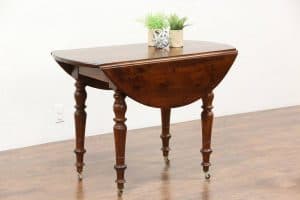
A drop-lead table features two hinged surfaces or ‘leaves’ on either side of a fixed section. Brackets (and not legs) support the foldable parts when they are folded upwards. This is the main differentiation between drop-leaf and gate-leg tables.
Drop-leaf tables were famous in England in the late 16th Century. Many antique tables in this style come from the Elizabethan and Jacobean era.
Depending on its size and construction, a drop-leaf table can serve as a dining table, side table, or coffee table. You can even use it as a nightstand or a desk.
Gate-Leg Table
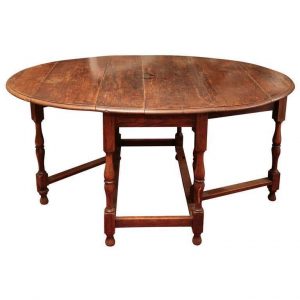
A gate-leg table is a special type of a drop-leaf table that is typically made of oak.
In this style, the foldable surfaces are attached to moveable legs instead of being supported on brackets. Stretchers join the pivoted legs to the tabletop, resembling a gate-like assembly.
Gate-legs tables first appeared in England in the 16th Century. They signify the casual dining style that became more prevalent during the time.
This style gradually waned by the late 18th Century. However, it rose to popularity once more in the years following the Great Depression.
Butterfly Table
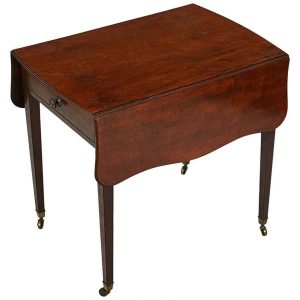
A butterfly table is a mix between the gate-leg and the drop-leaf table. As the name suggests, it consists of two wing-like braces that spread out to support the foldable tabletop extensions.
The top itself is either square or oval in shape and rests on four splayed legs. In most cases, the structure comprises of a drawer beneath the top too.
Compared to most antique dining tables, the butterfly table is quite small and lightweight. When the top is fully open, it seats an average of two to four chairs. With the drop leaves closed, it makes for a compact accent table.
Butterfly tables are a prominent element in the Mary style furniture. Maple wood was the material of choice for this table type. They became popular in early 18th Century and have been used widely since then.
Hutch Table
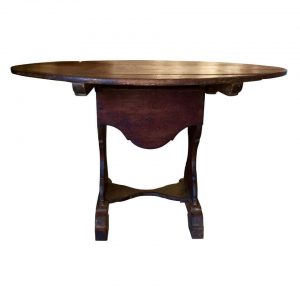
Hutch tables were quite purposeful in their time, but they are almost obsolete by now.
Sometimes also called a chair-table, a hutch table has a really unique construction. There is a rectangular or box-shaped base that can seat one to two persons. For the back support, this ‘chair’ has a considerably large hinged surface. This drops down to convert the large chair into a practical table.
The tabletop was typically round but many versions utilize more attractive shapes like hexagon.
Most hutch tables have a drawer or an open compartment for storing small items.
Archeologists believe hutch tables originate from the Middle Ages. But the design was perfected in the 1600s during the Jacobean era.
Antique Trestle Table
If you are a fan of antique European furniture, a trestle table would be a fine addition to your collection.
Featuring an elegant design, a trestle table is one of the earliest forms of knockdown furniture. That is, it can be taken to pieces and stacked flat for easy storage when not required.
It has an open brace framework. Two vertical posts, usually with fancy cuts, support a large rectangular plank. During the renaissance, people prized these types of tables for their portability.
Today, they are commonly used as banquet tables in farmhouse style weddings.
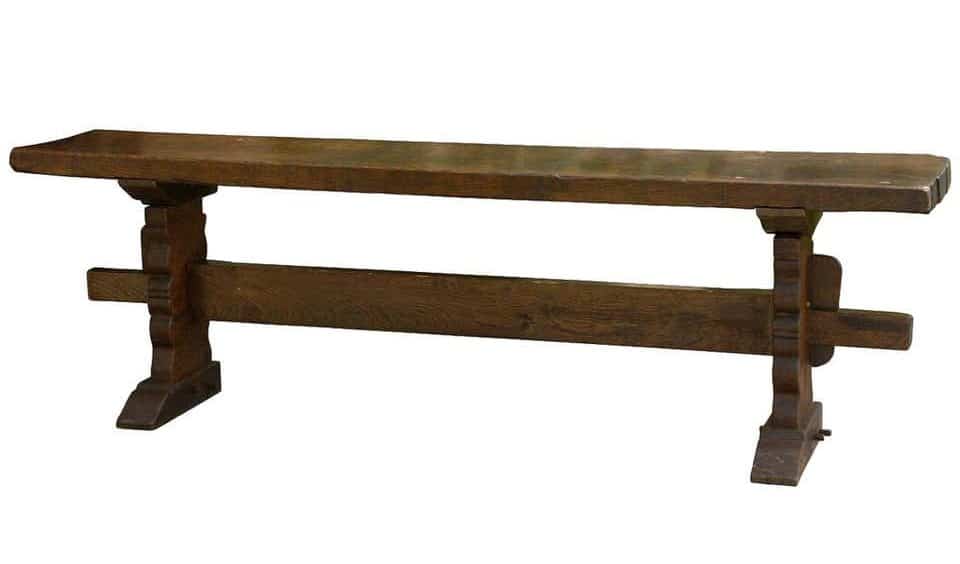
Shop Antique Furniture Online
The trend of mixing old and new furniture items is becoming all the rage these days. If antique dining tables fascinate you, now’s a time as good as ever to buy one.
However, we understand that buying a new dining table can be an extremely personal experience. After all, it serves as the focal point for eating, sitting, chatting, entertaining your guests and more.
At Styylish, we have a variety of different designs to choose from.
Check out our complete range of antique furniture now.
If you do not see what you are looking for, send us an e-mail and we will do our best to find it for you.

